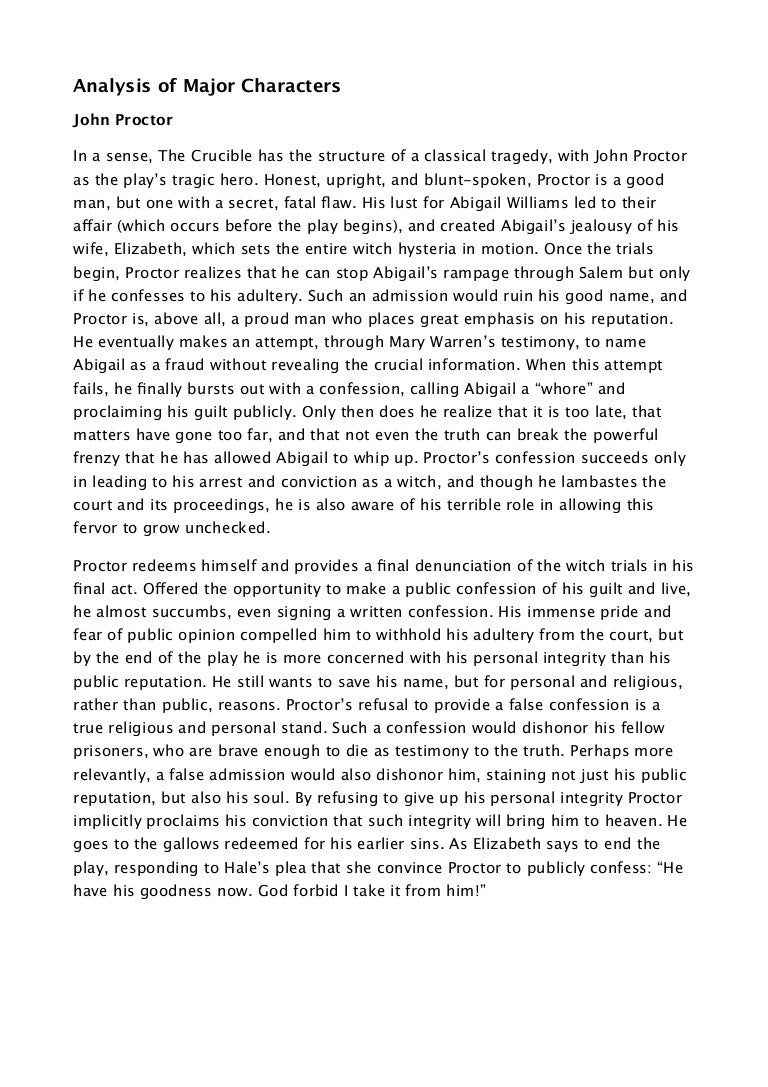

John Proctor’s Memorial Marker, Salem Witch Trials Memorial, Salem Mass. When the witchcraft hysteria first began in Salem village in the winter of 1692, Proctor became an outspoken opponent of the trials and stated to many that the afflicted girls, who had been accusing many of the villagers of witchcraft, were frauds and liars. Despite Proctor’s testimony, Corey only received a fine, yet the beating death forever damaged Corey’s reputation in Salem.

Proctor testified that he heard Corey admit to beating Goodale. Proctor’s wife Elizabeth also passed away in 1672, and he then married his third wife, Elizabeth Bassett, in April of 1674.Ī few years later, John Proctor testified against Giles Corey, who was being tried for beating his farmhand, Jacob Goodale, to death in 1676. This new business, which was located on Ipswich Road about half a mile south of the Salem Village boundary, became very lucrative for Proctor and made him a wealthy man.Īfter his father passed away in 1672, Proctor inherited one-third of his father’s estate, which included some houses and land in Ipswich. In 1668, Proctor obtained a license to operate a tavern, which he named the Proctor Tavern.

John Proctor left Ipswich in 1666, at the age of 35, and moved to Salem where he leased a large 700-acre farm. After Martha passed away in 1659, Proctor then married Elizabeth Thorndike in 1662. In 1651, John Proctor married his first wife, Martha. He immigrated to the Massachusetts Bay Colony with his parents, John Proctor, Sr, and Martha Harper Proctor, sometime between 16, and settled in Ipswich, Massachusetts, where his father became a successful yeoman farmer. Proctor was born in Assington, England on October 9, 1631. John Proctor was a successful farmer and the first male to be named a witch during the Salem Witch Trials of 1692.


 0 kommentar(er)
0 kommentar(er)
